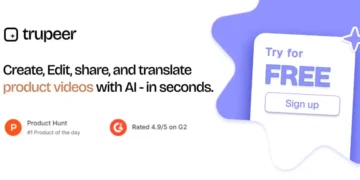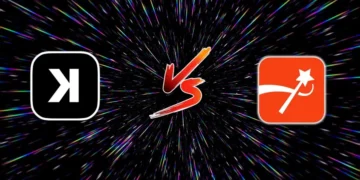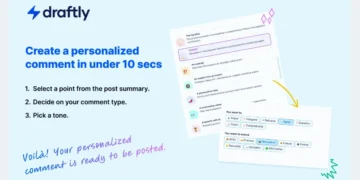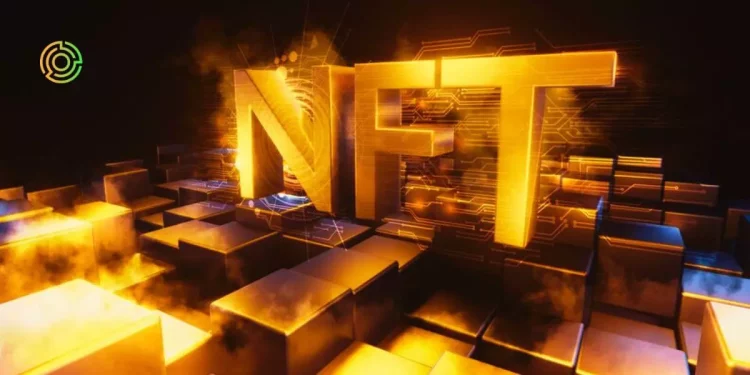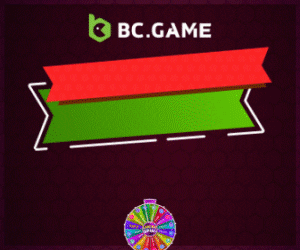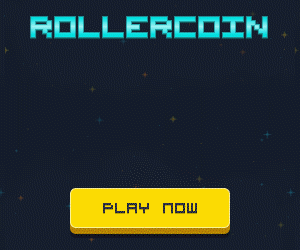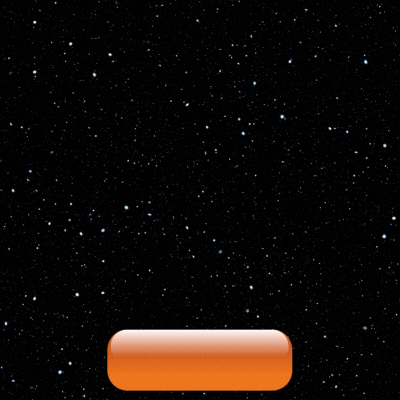Binance published this week a series of recommendations for you to detect a fake or fraudulent collection of Non-Fungible Tokens (NFT).
In its practical guide, Binance highlighted the need to verify the authenticity of an NFT before investing money in this digital asset.
The NFT market is relatively new and fraudsters are using it to take advantage of the lack of knowledge of many users.
How to avoid NFTs scams
Binance brings you the following step-by-step guide so you can learn how to verify the authenticity of an NFT and not fall for fraudulent offers.
Step 1: verify the identity of the NFT artist or seller
If you think you are buying an NFT directly from the artist, you should check their website and social media to verify the primary source of the sale.
If you’re having difficulty finding a reliable source, it’s likely a bad sign. Another option is to ask for help from trusted NFT communities.
If you are buying a collection on the secondary market, you can check the seller’s wallet address and NFT chain ID to trace its provenance.
Step 2: Check the NFT website carefully
It is not uncommon for scammers to have multiple websites. So, if the NFT platform appears to be legitimate, it is possible that its URL is fake.
A fraudulent website will usually have details such as low-quality text and other similar signs that are visible if you look closely.
You should also not connect your wallet to an NFT platform before confirming if it is correct. Once you have connected your wallet to a fraudulent website, its operators can easily access your funds.
Step 3: Verify the NFT contract address
In addition to confirming the seller’s wallet and NFT blockchain data, it is crucial to verify the contract address of the digital asset.
It is essential to obtain the precise contract address of the collection from a reliable source. If the contract address differs, the NFT is not authentic.
Step 4: Check the NFT’s sales volume
If you are buying a very popular NFT, there is a good chance that the digital artwork has been traded previously.
Log into a blockchain explorer or NFT market aggregator to clear your doubts. If the NFT has never been sold before, it’s worth your time to investigate further.
Even if there have been enough sales, double-check the activity history to make sure these transactions don’t feature the same number of wallets.
This way you can confirm if a scammer is the one buying and selling his own fake NFTs to manipulate the sales volume and even the price.
Step 5: look at the price of the NFT
You can look at the minimum price of the entire series to see how it compares to the retail value of the NFT of interest.
For example, if you find a CryptoPunk for sale for only $5,000, it is highly unlikely to be authentic.
Step 6: Use a reverse NFT image search
At some point, you may think you are buying an original NFT artwork and that may not be the case.
By doing a reverse image search of the NFT image, you will notice other instances where it appears online.
While some of these NFTs may indeed be legitimate, there is a possibility that another artist had created the image in question earlier but did not obtain the necessary licensing for an NFT.
As a final tip, Binance remembers that all blockchain transactions are final. If you sense something is not right, trust your instincts and don’t rush to buy any digital assets.
Conclusion
In the world of digital assets and blockchain technology, Non-Fungible Tokens (NFTs) have gained significant popularity. However, with their rise in popularity, the presence of fake NFTs and scams has also increased.
It is crucial for collectors and investors to be able to detect fake NFTs in order to protect themselves from falling victim to scams.
By following a step-by-step process and staying informed about the latest developments in the NFT space, individuals can significantly reduce their chances of being deceived by counterfeit NFTs.
FAQs (Frequently Asked Questions)
What are fake NFTs?
Fake NFTs are digital assets that claim to be unique and original but are actually counterfeit or replicas of existing NFTs. They are created with the intent to deceive and scam collectors or investors.
How can I detect fake NFTs?
Detecting fake NFTs requires careful examination and research. Some key steps to detect them include verifying the authenticity of the creator, checking the smart contract and blockchain information, reviewing the history and reputation of the NFT marketplace, and analyzing the artwork or content associated with the NFT.
What should I look for in the creator’s information?
When assessing the creator’s information, look for their reputation, previous works, and social media presence. Verify their identity through official channels and ensure they have a track record of producing legitimate NFTs.
How can I check the smart contract and blockchain information of an NFT?
Use blockchain explorers or platforms specific to the blockchain network (such as Etherscan for Ethereum) to verify the NFT’s contract address, transaction history, and ownership details. Analyze these details for any irregularities or suspicious activities.
Are there any red flags to watch out for on NFT marketplaces?
Yes, some red flags include unverified or unknown marketplaces, poor user reviews or ratings, lack of transparency in transaction details, and the absence of proper dispute resolution mechanisms. Stick to reputable and established marketplaces whenever possible.
Can I rely solely on the artwork or content associated with an NFT to determine its authenticity?
While the artwork or content can provide some clues, it is not sufficient on its own to verify the authenticity of an NFT. Fake NFTs can also use stolen or copied artwork. Therefore, it is important to consider multiple factors and conduct thorough research.
What should I do if I suspect a fake NFT or have been scammed?
If you suspect a fake NFT or have been scammed, document all relevant information, including transaction details, communications, and any evidence of fraudulent activity. Report the incident to the NFT marketplace, the platform where the transaction occurred, and local law enforcement agencies if necessary.
How can I stay updated on the latest developments and trends related to NFTs?
To stay informed, follow reputable sources such as blockchain news websites, official social media accounts of NFT marketplaces, and influential figures in the NFT community. Engage in online forums and communities where NFT enthusiasts and experts share insights and discuss relevant topics.
Follow us on our social networks and keep up with everything that happens in the Metaverse!.
Twitter Linkedin Facebook Telegram Instagram Google News





